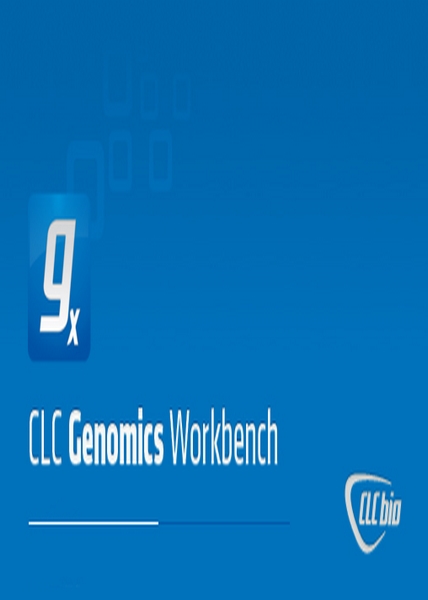
By contrast, SeqMan NGen reports which reads were excluded.
#Clc genomics workbench free account software
Software that lacks the ability to report excluded reads may be oversampling the reads, reducing the precision of the transcriptome assembly. Many data sets assembled with SeqMan NGen produce a large number of long transcripts that are likely full-length transcripts. The total count of transcript fragments that aligned and matched RefSeq sequences provides the sequencing coverage. How does SeqMan NGen do it? SeqMan NGen automatically attempts to group contigs from the same gene, and then name and annotate them based on the best match to a collection of annotated reference sequences (the “Transcript Annotation Database”) extracted from data on NCBI’s RefSeq website. The study authors noted that “… the Lasergene SMN Trace Evidence consensus-calling algorithm generated longer contigs on average…Meanwhile, CLC GW had assembled over nine times the amount of contigs…” Using its proprietary assembly algorithm, however, SeqMan NGen creates fewer and longer contigs than CLC Genomics Workbench. Performing meaningful downstream analysis on this many unannotated contigs is nearly impossible. With other applications, de novo assembly of RNA-Seq data can potentially result in thousands of unlabeled contigs representing the expressed transcripts. Alternatively, you can elect to perform fully automated adapter removal by checking the “Remove universal adapter” option. In addition to letting you specify rRNA and other contaminant sequences, SeqMan NGen’s wizard also lets you remove specific vector or adapter sequences ( Figure 2). This option is not currently available in the CLC GW de novo transcriptome workflow.”

The study authors report that SeqMan NGen “…allows users to specify rRNA or other input contaminant sequences prior to assembly.


 0 kommentar(er)
0 kommentar(er)
